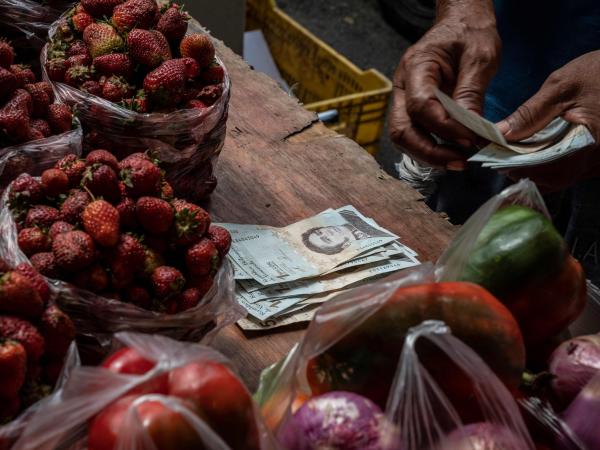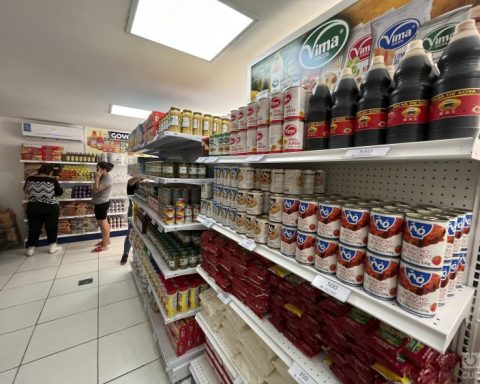Inflation does not yield. The figures provided by the National Administrative Department of Statistics (Dane) for October showed that, while the annual variation of the consumer price index (CPI) stands at 12.22%, In the case of poor households, the increase in prices is affecting them more and the indicator reached 14.01%.
(Minimum wage: the increase for 2023 could be between 13% and 18%).
The director of the Dane, Piedad Urdinola, explained that “although it affects us all, inflation has a greater incidence in lower-income households.” This, due to the weight that the percentage of their income allocated to food, services or transportation has in the families’ pockets.
In the case of the vulnerable, annual inflation in October reached 13.92%, and in the middle class and high income it was 12.4% and 10.57%, respectively.
According to official statistics, in Colombia 39.3% of the population, 19.6 million people, is classified as poor, those households in which each member has less than $354,031 to live per month. 31% of the population (15.5 million) are part of the vulnerable, while 13.89 million are middle class and only 921,000 people are listed as high income.
(What is true and false about inflation in Colombia).
“It is a very complex situation, because a large part of the inflationary shock is due to food, which is the most corrosive inflation, because it directly affects the pockets of the most vulnerable people, who are the ones who spend the highest fraction of their income on food,” explained José Ignacio López, director of economic research at Corficolombiana.
The expert reiterated the need for the government to continue mitigating the effects of rising prices, and take care that macroeconomic conditions do not exacerbate inflation. “That is why it is so important to generate confidence so as not to have more devaluation, because it makes inputs more expensive and that generates a new round of inflationary pressure,” he indicated.
Laura Lucia Becerra Elejalde
BRIEFCASE














